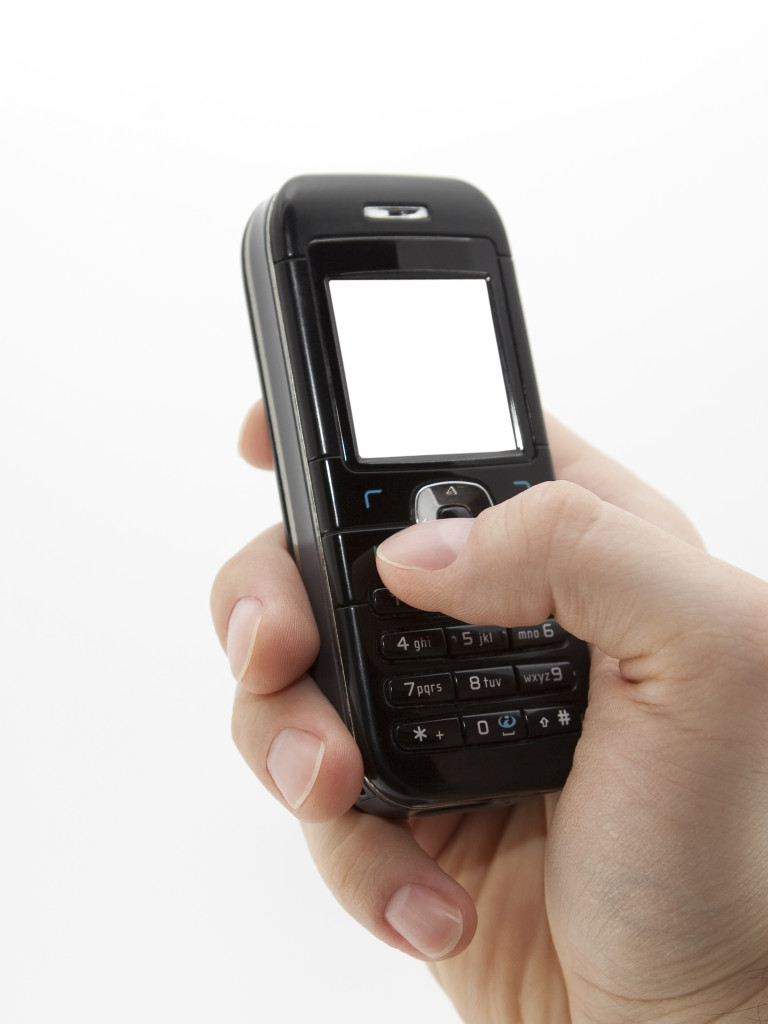 A recent Washington Post article written by Caitlin Dewey states that the average person sends and receives 42 texts each day and that many of these texts seem far too intimate to discuss by short messages sent through your phone.
A recent Washington Post article written by Caitlin Dewey states that the average person sends and receives 42 texts each day and that many of these texts seem far too intimate to discuss by short messages sent through your phone.
The popularity of text messaging was not something that the inventors of it anticipated. It was a pain to tap out each message, and even more inconvenient to wait for a response. Not to mention how impersonal it was. However, as cellphone use expanded in the mid 1990s and more phones gained the ability to text, texting’s popularity grew.
“The seeming limitations of the SMS system became one of its strengths,” communications scholar Colette Snowden wrote. “The capacity for asynchronous silent communication was especially attractive to users because it extended the places in which their cell phones could be used.”
Dewey states that “Psychologically speaking, there were some obvious, emerging selling points to text messages, too: like the fact that you could take your time to craft a perfect response, or that you’d be forced to simplify ideas and arguments that might become much more complicated in spoken conversation.
Most important, however, writes social psychologist and professor Theressa DiDonato, texting eliminates the nonverbal signals that account for the majority of human communication. Posture, expression, eye contact, gestures, tears — all replaced by the blissful convenience of 160 characters”.
An interesting but probably not surprising statistic: 60% of daters would now dump their partner via text. In fact, a 2011 study found that, after expressing affection, “discussing serious issues” and “apologizing” were the most common reasons people text, chat or e-mail a partner. It’s just easier, cleaner — certainly simpler! — to text “I’ve secretly loved you since third grade” or “you’re fired.”
Dewey asks “Is it bad that these intimate conversations have migrated to text? Well, the evidence on texting and relationships is mixed. Studies have found that couples who text frequently talk less … and, alternatively, that friends and partners who send affectionate messages are closer than their non-texting equivalents. Still, there’s something to be said for mess. For awkwardness. For cringing, even”.
 Written by Humintell Affiliate Christian Andrada
Written by Humintell Affiliate Christian Andrada